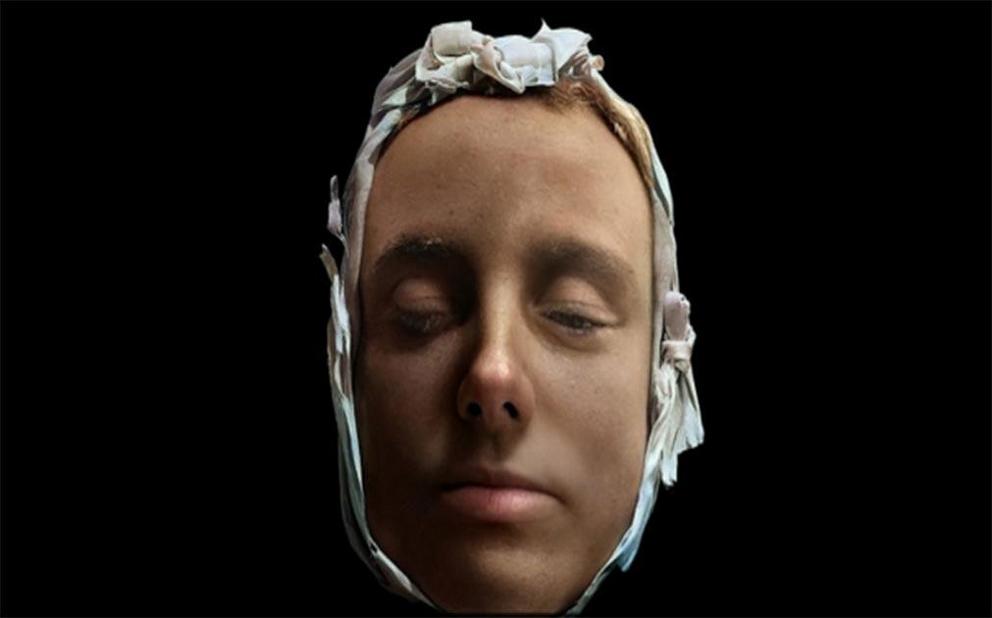Scotland's beheaded queen, Mary Stuart, made immortal by Irish digital artist
Matt Loughrey’s reconstruction of Mary Queen of Scotland.
Earlier this week I wrote an Ancient Origins news piece about Irish based artist Matt Loughrey who runs a creative visualization studio and the website mycolorfulpast.com, which bridges a gap between history and art using digital editing technology to recreate historical figures from around the world. Mary Stuart has now been added to his list of achievements.
The last article featured Matt's work in bringing the warrior-king, King Henry VII of England, back to life in an exceptionally detailed photo-realistic rendering, but also in Matt’s expanding portfolio of famous historical people is King Henry VII’s great-granddaughter, Mary, Queen of Scots . And as the digital editor near-perfectly captured the domineering presence of the English king, he also has managed to capture the silent tragedy within the death mask of Scotland’s famous beheaded queen.
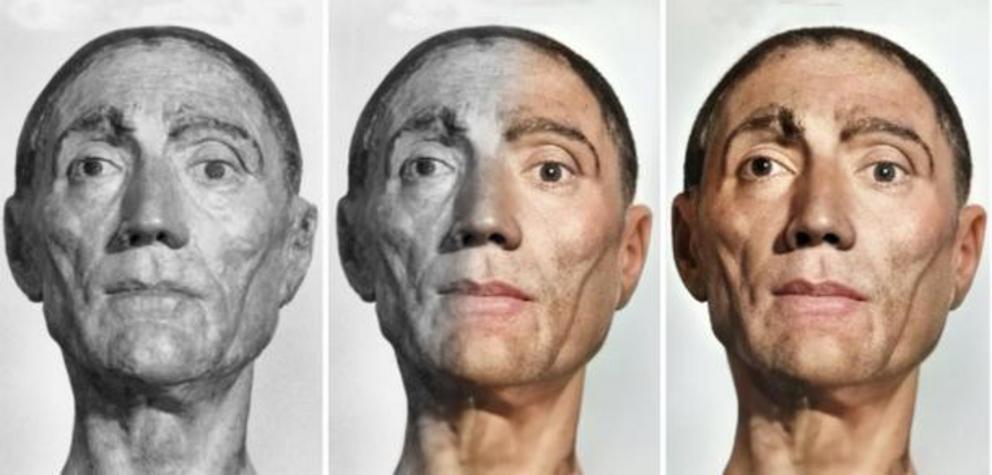 Irish digital artist Matt Loughrey ’s reconstruction of the bust of King Henry VII of England.
Irish digital artist Matt Loughrey ’s reconstruction of the bust of King Henry VII of England.
Half a Life of Imprisonment Ends with a Beheaded Queen
Mary Stuart, Queen of Scots, or Mary I of Scotland (1542-1587 AD), was only six days old when she ascended to the throne on December 14, 1542, after the death of her father, King James V of Scotland, and the legendary queen went on to rule over the people of Scotland until July 24, 1567.
 François Clouet – Mary Stuart, Queen of Scots (1542-87). Image first recorded in the collection of Charles I.
François Clouet – Mary Stuart, Queen of Scots (1542-87). Image first recorded in the collection of Charles I.
Mary had once believed the crown of her cousin, Elizabeth I of England , was rightfully hers. In doing so, while she was considered the legitimate sovereign of England by many English Catholics , Elizabeth perceived Mary as a direct threat to her sovereignty and had her confined in various castles and manor houses in the interior of England. In 1586, after eighteen and a half years in custody, Mary was charged for having plotted to assassinate Elizabeth and was beheaded the following year at Fotheringhay Castle.
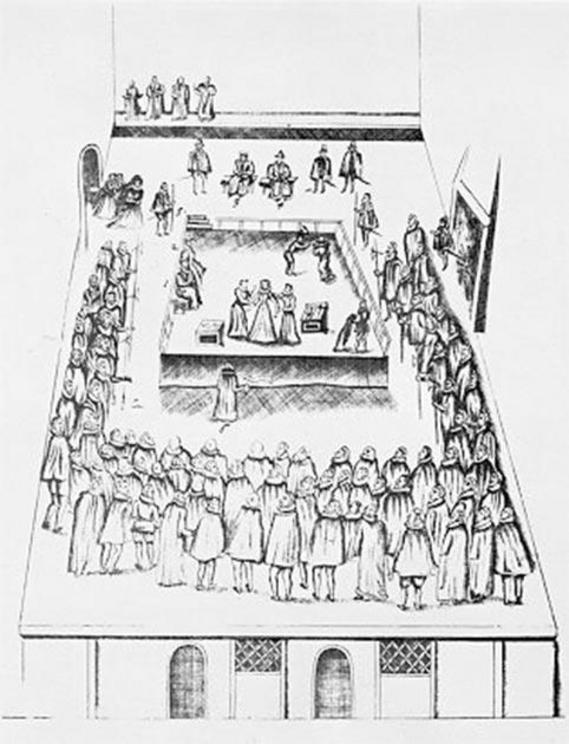 Contemporary illustration of the execution of Mary Stuart, Queen of Scotland, from Robert Beale's 1587 book, The Order and Manner of the Execution of Mary Queen of Scots
Contemporary illustration of the execution of Mary Stuart, Queen of Scotland, from Robert Beale's 1587 book, The Order and Manner of the Execution of Mary Queen of Scots
Death Sealed Eyes Locking in the Tragic End of Mary Stuart
Creative editor Matt Loughrey told the Mail Online that he thinks it is vital to save the importance of the photograph, “in a world where the image that we ’ve come to accept as standard is becoming obsolete owing to the advance in display technology.” And talking about his recreation of the death mask of the beheaded queen, Mary Queen of Scots, the artist said it is a “great example of how far back we can go.”
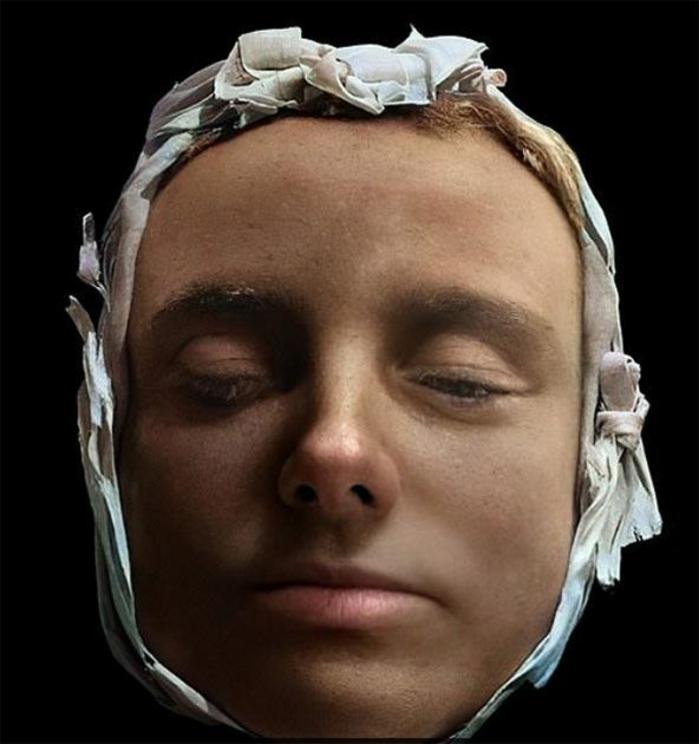 Matt Loughrey ’s reconstruction of Mary Queen of Scotland.
Matt Loughrey ’s reconstruction of Mary Queen of Scotland.
Eyewitness reports of the execution of Mary Queen of Scots on February 8, 1587 AD, at Fotheringhay Castle, say the grand hall became a stage around which the Earls of Shrewsbury and Kent and the high sheriff would witness the event. At about nine in the morning records say “came that sweet saint and martyr, led like a lamb to the butchery,” and they describe the queen wearing a black satin gown embroidered with French embroidery of black velvet; “her hair seemly trussed up with a veil of white lawn, which covered her head and all her other apparel down to the foot.”
The following photograph shows a copy of Mary's death mask which is on display at the entrance to the Queen's Room in Falkland Palace, where Mary’s father King James V died aged only 30-years-old, and you can see that it is “lifeless” compared to the photo-reality offered in the works of Matt Loughrey.
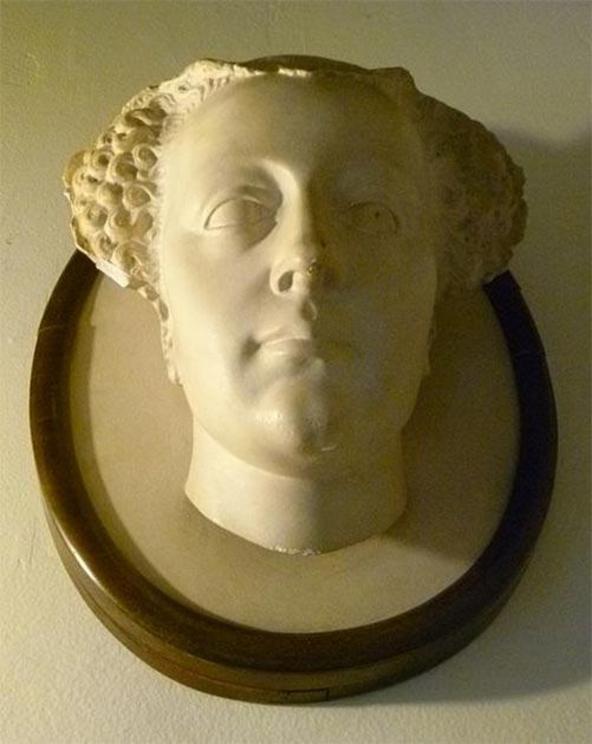 A copy of Mary's death mask hangs above the entrance to the Queen's Room in Falkland Palace, where her father King James V died aged only 30.
A copy of Mary's death mask hangs above the entrance to the Queen's Room in Falkland Palace, where her father King James V died aged only 30.
Beheading - A Brutal, Messy, and Ill-dignified Ending for a Queen
According to the Bardon Papers , which document events surrounding the death of the queen at Fotheringhay Castle, the executioner and his assistant asked forgiveness from the queen who replied, “I forgive you with all my heart, for now, I hope, you shall make an end of all my troubles.”
Mary Stuart was blindfolded with a white veil embroidered in gold and she knelt down at the block. The first blow missed and cracked the back of her head while the second severed her neck, “except for a small bit of sinew which the executioner cut through using the axe,” according to the Bardon Papers.
When the executioner held the queen’s bloody head in the air he shouted, “God save the Queen” and her aforementioned “trussed up hair with a veil of white lawn” fell to the ground. Beneath her wig the queen had short grey hair. Mary Stuart ’s servants were commanded to return to their quarters and Henry Talbot, a son of the Earl of Shrewsbury, was immediately sent to London to deliver Elizabeth the formal certificate of execution.
Matt’s photorealistic images comprise thousands of individual layers which are knitted together by hand (on a mouse). By blending his programming skills with his rich historical knowledge of the lives (and deaths) of the figures he recreates, we, the audience, can gaze upon the beheaded Mary Stuart, Queen of Scots. For me, being of that nation , this is the best of all of the artist’s incredible works.

